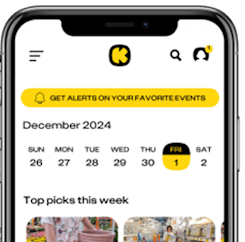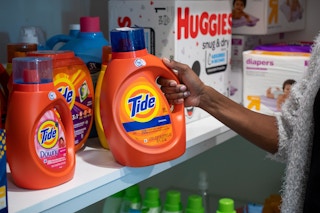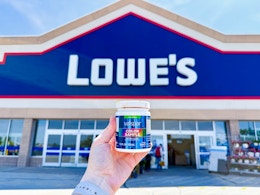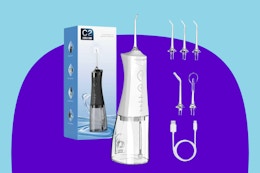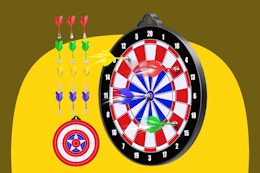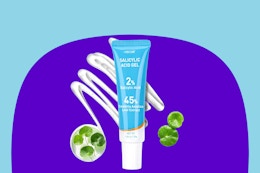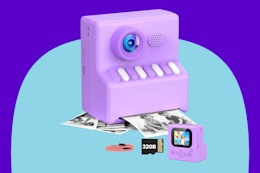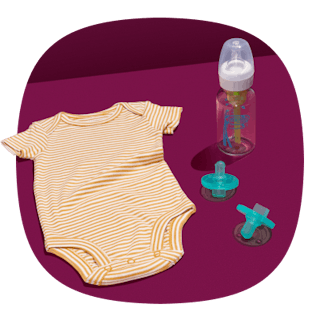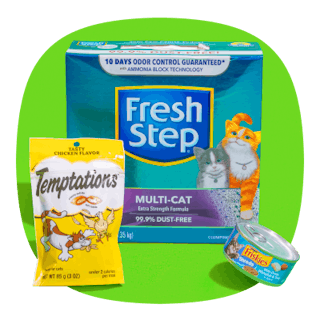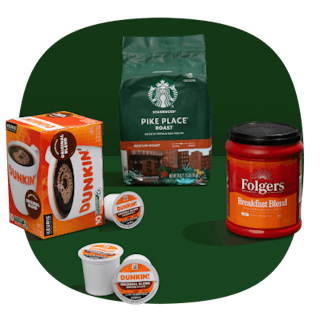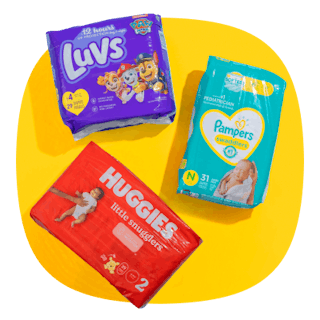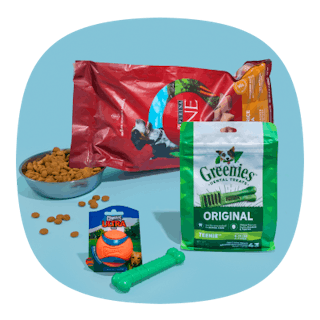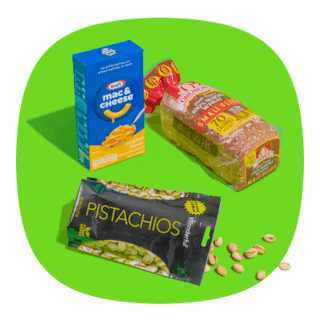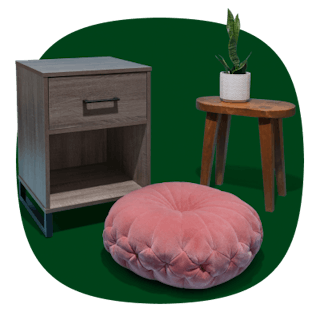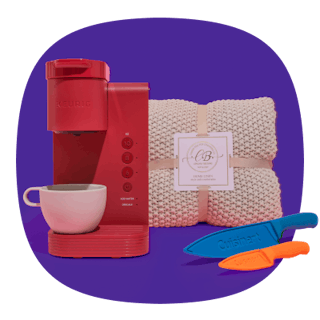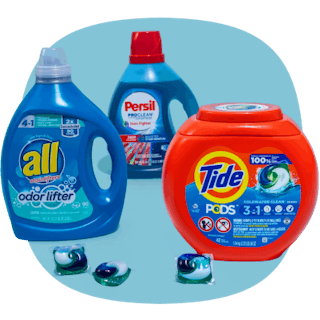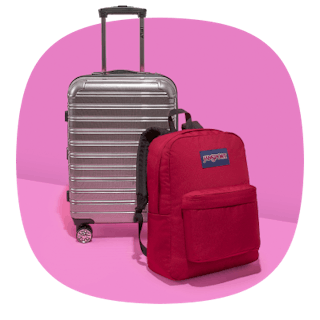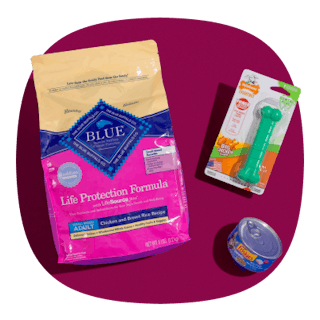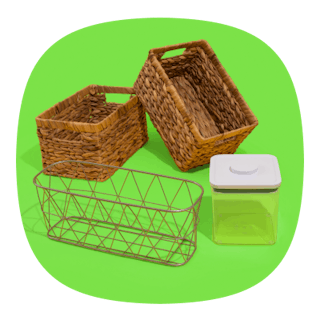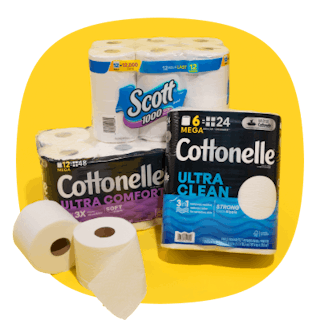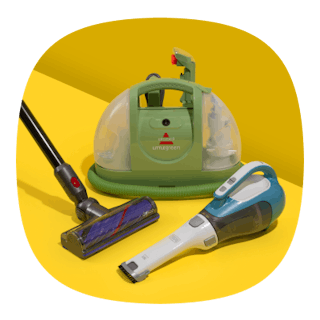Stockpiling doesn’t mean spending hundreds of dollars or filling your basement with products you’ll never use. The real purpose of stockpiling is to avoid last-minute runs to the store and paying full price. And you can build your stockpile for just $10 a week. Here’s exactly how to get started. Before you take any of the steps below, get familiar with our KCL Stock Up Price List. And if you’re new to couponing, learn the most common couponing definitions and terms, as well as some good starter items for stockpiling.
Step 1: Start with the KCL stock-up price list so you know how to spot a good price.
Print the KCL Stock-Up Price List. This list outlines the buy-now prices you should expect to pay for common products. Because a lot of coupons require you to buy multiples to get the best deal, you want to make sure the per-unit cost is as low as possible.
Prices to Aim For:
-
$0.50 or less for toothpaste (in fact, you should try to get it for free with coupons)
-
$0.06 - $0.11 per load for laundry detergent
-
$0.50 or less for canned or frozen vegetables
When you see items at or below these prices, that’s your signal to stock up.
Step 2: Sign up for your favorite store apps to get coupons and exclusive deals.
You’ll stretch your $10 much further if you’re set up with store loyalty programs and apps. This gets you access to digital coupons (which you can clip in-app and scan at checkout).
Some of the Best-Value Rewards Programs:
-
Walgreens Rewards: Register Rewards, Walgreens Cash, and digital coupons
-
CVS ExtraCare: ExtraBucks that can be rolled into future deals
-
Target Circle: Exclusive app coupons and bonuses
-
Kroger Plus Card: Digital coupons and personalized deals
Step 3: Make a stockpile list that works for your family.
Once you’ve reviewed our stockpile price list, check what your family actually uses. A stockpile should be practical, not random.
My Stockpile Checklist for a Family of 4:
-
Laundry detergent (a bottle lasts us about 3 weeks)
-
Toilet Paper (buy in bulk when it’s $0.02 per sq ft)
-
Paper Towels (stock up under $0.03 per sheet)
-
Snacks (cereal bars, crackers)
-
Pantry Foods (pasta, rice)
-
Frozen Foods (veggies, waffles, pizza)
-
Coffee
Step 4: Start stockpiling, while factoring in both need and value.
There are two approaches to building a stockpile for $10 a week:
Strategy 1: Buy based on what you need.
This is best for beginners. Take your weekly $10 and replenish what’s running low.
If you’re almost out of toilet paper and detergent, use your $10 to buy those items on sale that week. It keeps your household running smoothly while still saving money.
Strategy 2: Buy based on value, doing the best deals each week.
Once you have a small stockpile, switch to buying the best deals that week.
Example:
-
The local store has frozen veggies for $0.50 per bag → Spend $5 on 10 bags.
-
Eggo Waffles are $1.50 per box → Spend $4.50 on three boxes.
That’s $9.50 total for 13 freezer items. Over time, buying based on value means you’ll always have essentials stocked at the lowest price.
Here’s My 4-Week $10 Stockpile Plan
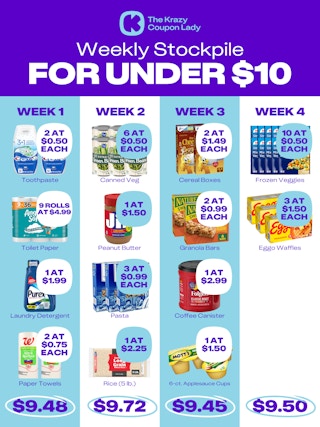
Here’s a sample stockpile plan for my family using $10 per week. I started by replenishing my stockpile (buying based on need), and then I added to it based on weekly sales at my local stores (buying based on value).
These were the prices I found at my local stores (and through KCL grocery deals) the week of Sept. 8, 2025. Prices may vary by date and location.
Week 1: Household Basics That Are Getting Low
I focused on items that I was currently running out of to avoid a panicked, full-price run to the store.
-
2 Toothpaste: $0.50 per tube → $1
-
1 Toilet Paper: $4.99 per 9-roll pack (~ 300 sq ft) → $4.99
-
1 Laundry Detergent: $1.99 → $1.99
-
2 Paper Towels: $0.75 per roll → $1.50
Total: $9.48
Week 2: On-Sale Pantry Staples
I found sales on foods that last at Dollar General and Kroger, with items all at or below stock-up prices.
-
6 Canned Vegetables: $0.50 per can → $3
-
3 Pasta: $0.99 → $2.97
-
1 Peanut Butter: $1.50 → $1.50
-
1 Rice: $2.25 per 5-pound bag → $2.25
Total: $9.72
Week 3: Snacks and Breakfast Sale Items With Amazon Subscribe & Save Deals
Amazon Subscribe & Save lets you opt in for regular auto-shipments in exchange for a 5% or 15% discount. I used that to stock up on snacks my kids eat every day. Plus, Amazon offers coupons that you can clip as you shop.
-
2 Cereal: $1.49 per box → $2.98
-
2 Granola Bars: $0.99 per box → $1.98
-
1 Coffee: $2.99 per small canister → $2.99
-
1 Applesauce Cups: $1.50 per 6-pack → $1.50
Total: $9.45
Week 4: Freezer Fill-Up
I looked for hot deals on our favorite frozen items at Kroger. I grabbed 13 freezer items for less than my $10 budget.
-
10 Frozen Vegetables: $0.50 per bag → $5
-
3 Eggo Waffles: $1.50 per box → $4.50
Total: $9.50
After 4 weeks, I spent $38.15 and got nearly 50 items.
At the end of four weeks, my stockpile included these items:
-
2 tubes of toothpaste
-
9 rolls of toilet paper
-
Laundry detergent for around 6 weeks
-
2 rolls of paper towels
-
6 cans of vegetables
-
3 boxes of pasta
-
5 pounds of rice
-
An extra container of peanut butter
-
2 boxes of cereal
-
2 boxes of granola bars
-
6 applesauce cups
-
1 canister of ground coffee
-
10 bags of frozen veggies
-
3 boxes of waffles
That’s enough to noticeably reduce my weekly grocery bill. From here, I’m going to shift toward the buy based on value strategy and continue rotating in the best deals to keep my stockpile growing.
The Bottom Line
Starting a coupon stockpile doesn’t require a big budget or endless hours of work — just consistency, a $10 weekly limit, and a smart strategy. By following stock-up prices and focusing on what your family actually needs, you’ll quickly build a supply that saves money week after week.
Stick with it, and over time, your stockpile will become a built-in safety net for both your pantry and your wallet.
Related Reading:
Download the KCL app to add and redeem coupons in store
